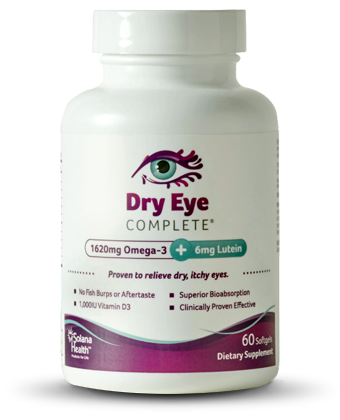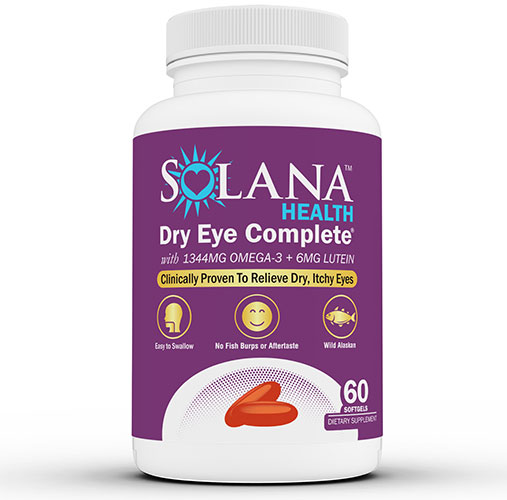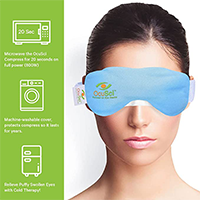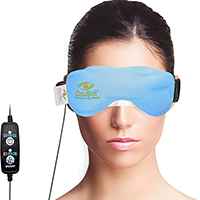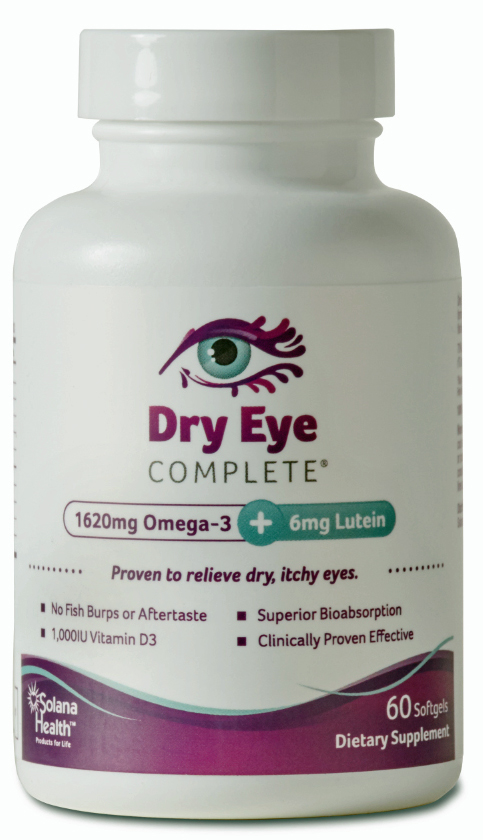The eyes are incredibly delicate organs, but we often take them for granted. Furthermore, few people realize that the eyes are not just the windows to our soul, they are also the windows to our overall health. There are various health conditions, in fact, that can affect the eyes. As such, next time you have an eye problem, you may want to determine whether there is an underlying health issue that you need to be aware of.
Let’s take a look at 7 health conditions which may affect your eyes.
#1 Diabetes
When people’s blood sugar level changes from high to low and vice versa, they can experience changes in vision that are generally temporary in nature. However, if diabetes isn’t controlled properly, it can lead to more serious, sometimes permanent, vision problems as well. If people have high levels of blood sugar for long periods of time, the tiny blood vessels that provide blood to the eyes can get damaged. This can lead to a condition known as “diabetic retinopathy”, which is one of the leading causes of blindness in adults in this country. Additionally, people with diabetes are more at risk of glaucoma and cataracts as well.
In fact, many people who have diabetes develop diabetic eye disease. This is actually a blanket term for a range of different eye problems that are common complications of the illness. The three main conditions, as stated, are diabetic retinopathy, glaucoma, and cataracts. The longer people live with diabetes, the more likely it will be that they will develop diabetic retinopathy as well. In fact, between 40% and 45% of adults in this country who currently have diabetes are expected to also have diabetic retinopathy.
#2 Autoimmune Diseases
There are a lot of different autoimmune diseases, and most of them can have an impact on vision as well. In fact, it is very common for people to be unaware of the fact that they have an autoimmune disease until they start to experience symptoms in their eyes. These can be uncomfortable symptoms, including itchy, red, and dry eyes. It is quite common, in those cases, for the condition to be initially misdiagnosed, with physicians looking at Computer Vision Strain, Dry Eye Syndrome, or allergies instead. Over time, however, these symptoms can start to get worse and more serious. Symptoms include photophobia (extreme sensitivity to light), vision changes, eye pain, and loss of vision. If the underlying autoimmune disorder is properly treated and managed, the resulting eye problems should also be controlled. Vision loss, however, is not always reversible.
One example of an autoimmune disorder that generally affects vision is lupus. This is a chronic illness that can impact any part of the body. This includes, therefore, the eyes. Many people find that it affects the skin found around and near the eyelids the most. Others experience changes in their blood vessels, dry eyes, and nerve damage in their eyes. When this happens, their vision may be affected, or they may have difficulty in controlling the movement of their eyes.
Another autoimmune disease that commonly affects the eyes is psoriasis. This often leads to significant inflammation, particularly in the membrane that covers the eyelids’ underside. In some people, the inflammation happens in the whites of the eye. This leads to red eyes and the condition is often very painful.
Sjogren’s syndrome is another example, and one that almost exclusively affects the eyes. In this case, the disease fighting cells that make up the immune system start attacking the glands that produce saliva and tears. As a result, the quality and quantity of both is significantly reduced. As a result, people will experience both dry eyes and a dry mouth.
#3 Infectious Diseases
There are many infectious diseases that have an impact on the eyes. The most commonly known one is pink eye, or conjunctivitis, which exclusively affects the eyes. However, there are also infectious diseases that can have an impact on the eyes and on sight. Shingles, for instance, is one example and particularly ocular shingles. Here, the shingles virus causes redness, swelling, and blisters around the eyelid and the eye itself. It can also lead to severe, potentially sight-threatening inflammation within the eye. Pain is very common and those who have a shingles diagnosis and find their face is affected should immediately make an appointment with an ophthalmologist. Permanent damage to the eye and to vision is common. Two other infections that can affect the eyes include Lyme disease and measles.
#4 Nutritional Deficiencies
One of the most common causes of blindness and vision loss is Vitamin A deficiency. This usually starts with slight night blindness, which progresses over time. People also experience severe dry eyes and can start to develop corneal ulcers. There are other important vitamins, minerals, and nutrients that play a role in the overall health of the eye. Vitamins C and E, omega 3 fatty acids, lutein, astaxanthin, and zinc deficiencies can all increase the chances of developing age related macular degeneration and cataracts. If you feel your diet is not nutritionally balanced, you may want to consider multi-vitamin supplementation.
#5 Sickle Cell Disease
One of the most common complications of sickle cell disease is vision loss, sometimes even blindness. Sickle cell disease is a blanket term for various disorders of the red blood cells that are genetic in nature, meaning they are passed on by parents to their children. Abnormal red blood cells course through the veins and this can lead to blockages, including in the blood vessels of the eye. When that happens, the retina becomes damaged. Those who have this type of disease should consult with an ophthalmologist every year to determine whether their retina is still in good health. If damage is found, then laser treatment may be required.
#6 Liver Disease
Most people know that, when someone has liver disease, the whites of their eyes are likely to become jaundiced, or yellow. In fact, when the skin or the eyes start to turn yellow, there is good reason to believe that the liver is struggling to do its functions. In addition, liver disease can also cause other sight problems. These include xanthelasma, whereby small fatty collections start to appear on the eyelids, itchy eyes, and dry eyes. These are particularly common symptoms associated with liver cirrhosis. Those who have a congenital disorder of the liver know that every part of their eye can be affected, which includes the lens and the cornea. Hepatitis usually turns the whites of the eye yellow due to an overproduction of bilirubin, which is created when hemoglobin is broken down.
#6 Rosacea
About 50% of people with rosacea also notice an effect on their eye. This is known as ocular rosacea and has been extensively researched by the National Rosacea Society. People with ocular rosacea experience tearing, burning, itching, dryness, redness, and a feeling of having a foreign object or grit in the eye. It is also quite common for people to develop photophobia and for their eyelids to swell. If caught early, the condition responds very well to treatment. However, severe cases of rosacea can cause vision impairment, including permanent vision loss. Luckily, there are effective medical therapies that people can use. A visit to an ophthalmologist is usually required.
Resources and References:
- National Eye Institute – Facts about Diabetic Eye Disease (NEI.nih.gov)
- National Institute of Arthritis and Musculoskeletal and Skin Diseases – Questions and Answers about Sjogren’s Syndrome (NIAMS.nih.gov)
- Johns Hopkins Medicine – Keratitis (HopkinsMedicine.org)
- NCBI – Laser Therapy for Retinopathy in Sickle Cell Disease (NCBI.nlm.nih.gov)
- National Rosacea Society – What Is Rosacea? (Rosacea.org)

